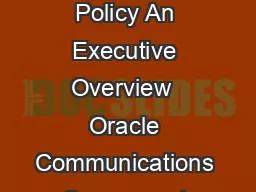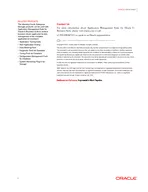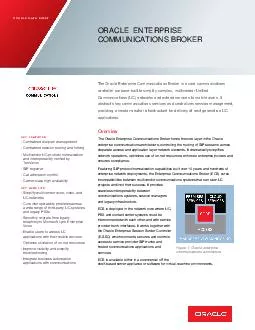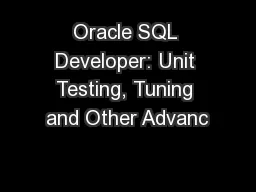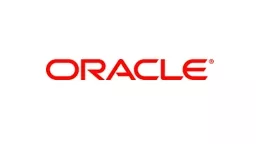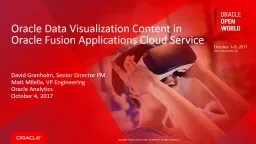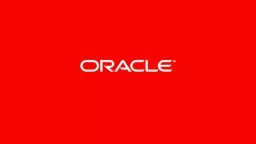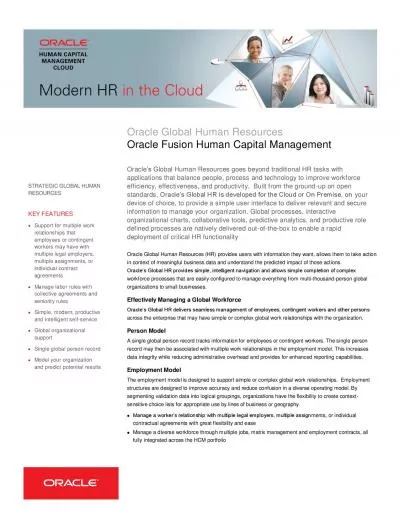PPT-UIM 7.3 What’s New Oracle Communications Global Business Unit
Author : faustina-dinatale | Published Date : 2018-03-20
July 2015 Agenda Introduction to UIM 73 Packet Connectivity Overview Packet Connectivity Demos IP Address Management Overview IP Address Management Demos Enhanced
Presentation Embed Code
Download Presentation
Download Presentation The PPT/PDF document "UIM 7.3 What’s New Oracle Communicat..." is the property of its rightful owner. Permission is granted to download and print the materials on this website for personal, non-commercial use only, and to display it on your personal computer provided you do not modify the materials and that you retain all copyright notices contained in the materials. By downloading content from our website, you accept the terms of this agreement.
UIM 7.3 What’s New Oracle Communications Global Business Unit: Transcript
Download Rules Of Document
"UIM 7.3 What’s New Oracle Communications Global Business Unit"The content belongs to its owner. You may download and print it for personal use, without modification, and keep all copyright notices. By downloading, you agree to these terms.
Related Documents


